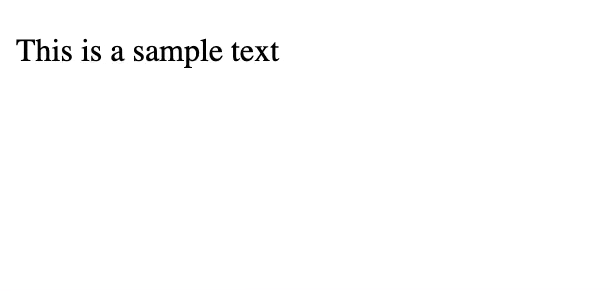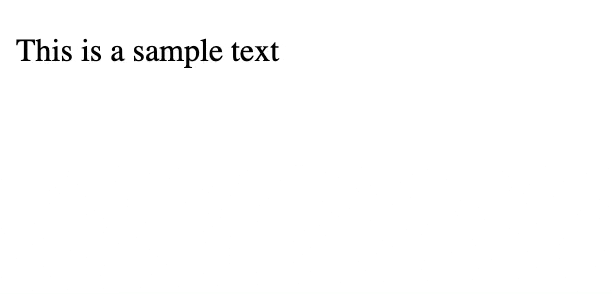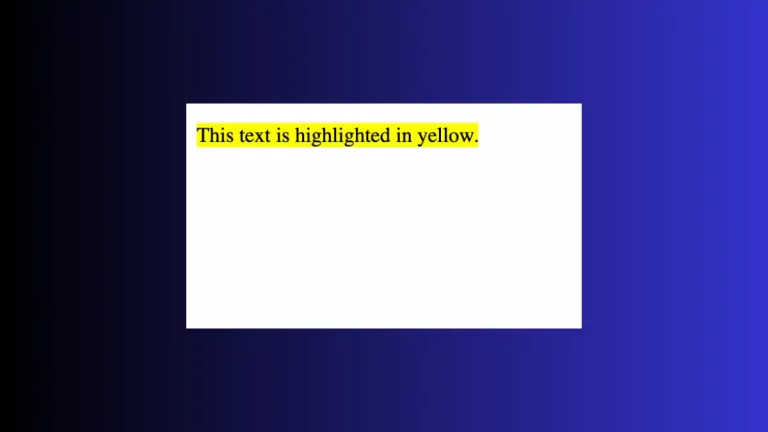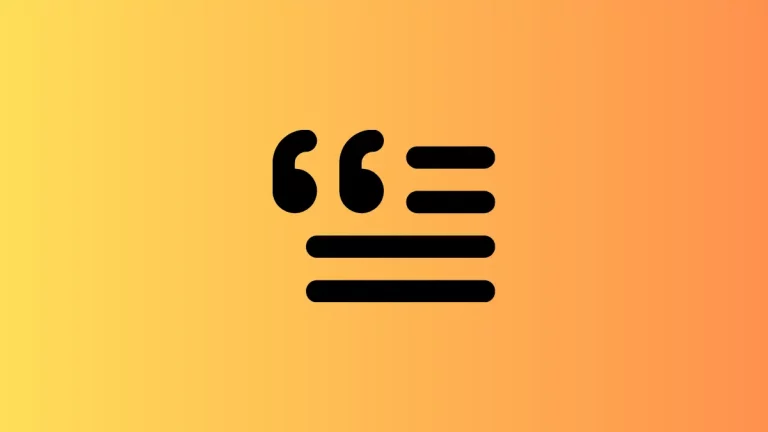How to Create HTML Text Hover Effects
Hover effects on text can significantly enhance the interactivity of a web page, offering a dynamic experience as users navigate your content. While HTML sets the foundation, CSS and JavaScript play crucial roles in creating these engaging hover effects.
In this blog post, we’ll delve into various techniques to implement hover effects over text elements in your web designs.
Basic CSS Hover Effects
The CSS :hover Pseudo-class
The :hover pseudo-class in CSS is the cornerstone of creating hover effects. It allows you to define a different style for an element when a user hovers their mouse over it.
Example: Changing Text Color on Hover
.hover-text {
color: black;
transition: color 0.3s ease;
}
.hover-text:hover {
color: blue;
}In this example, when the user hovers over the text, it changes color from black to blue.

Advanced Hover Effects
Text Decoration and Transformation
Beyond changing color, you can use :hover to modify other properties like text decoration, size, or font style:
.hover-effect {
font-size: 16px;
transition: font-size 0.3s ease;
}
.hover-effect:hover {
font-size: 20px;
text-decoration: underline;
}
Combine HTML, CSS, and JavaScript
Interactive Hover Effects
Using JavaScript, you can add interactive elements to your hover effects, such as tooltips or changes in other parts of your webpage:
document.querySelector('.hover-text').addEventListener('mouseover', function() {
// JavaScript actions on hover
});HTML text hover effects are an excellent way to make your web pages more interactive and engaging. With the combination of HTML, CSS, and JavaScript, you can create a range of effects from simple color changes to complex animations. Remember to focus on creating effects that enhance usability and provide value to the user experience.




